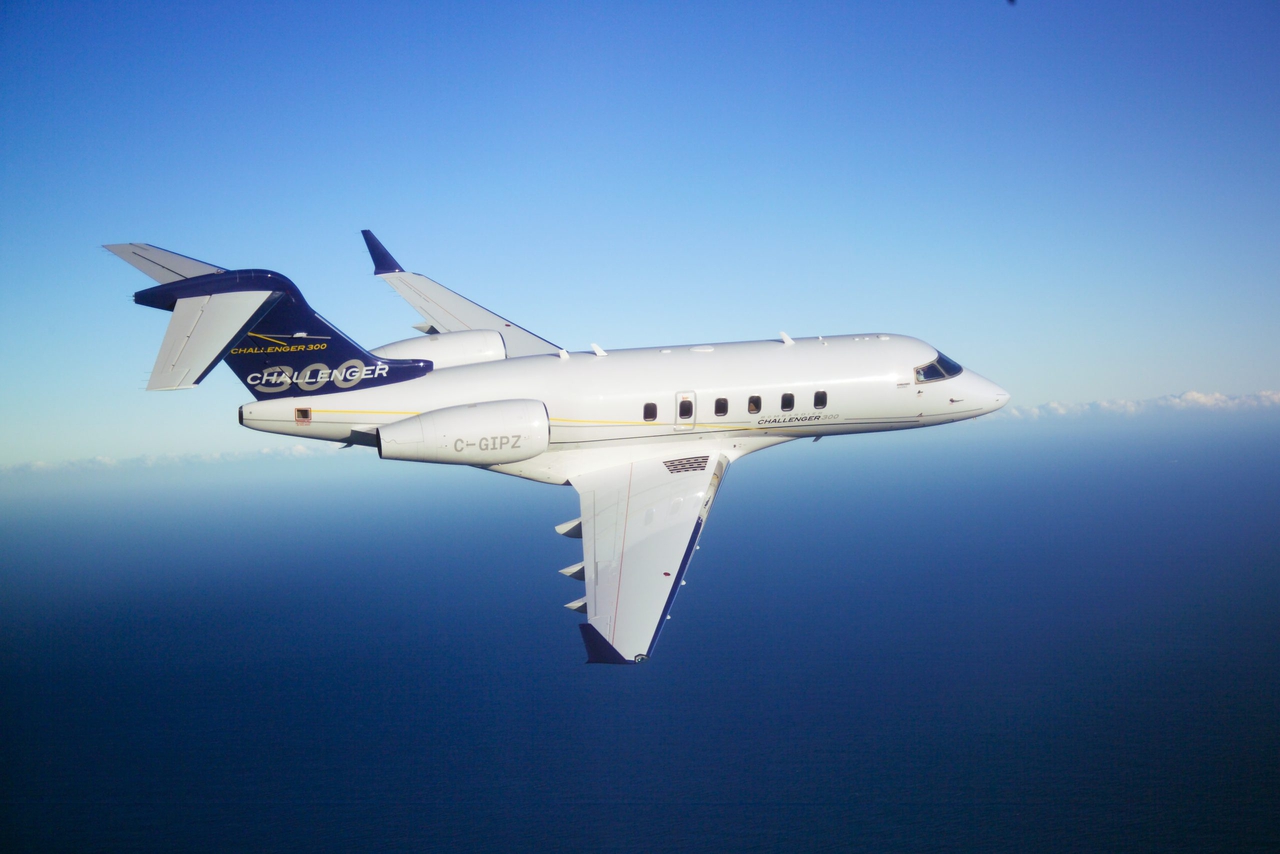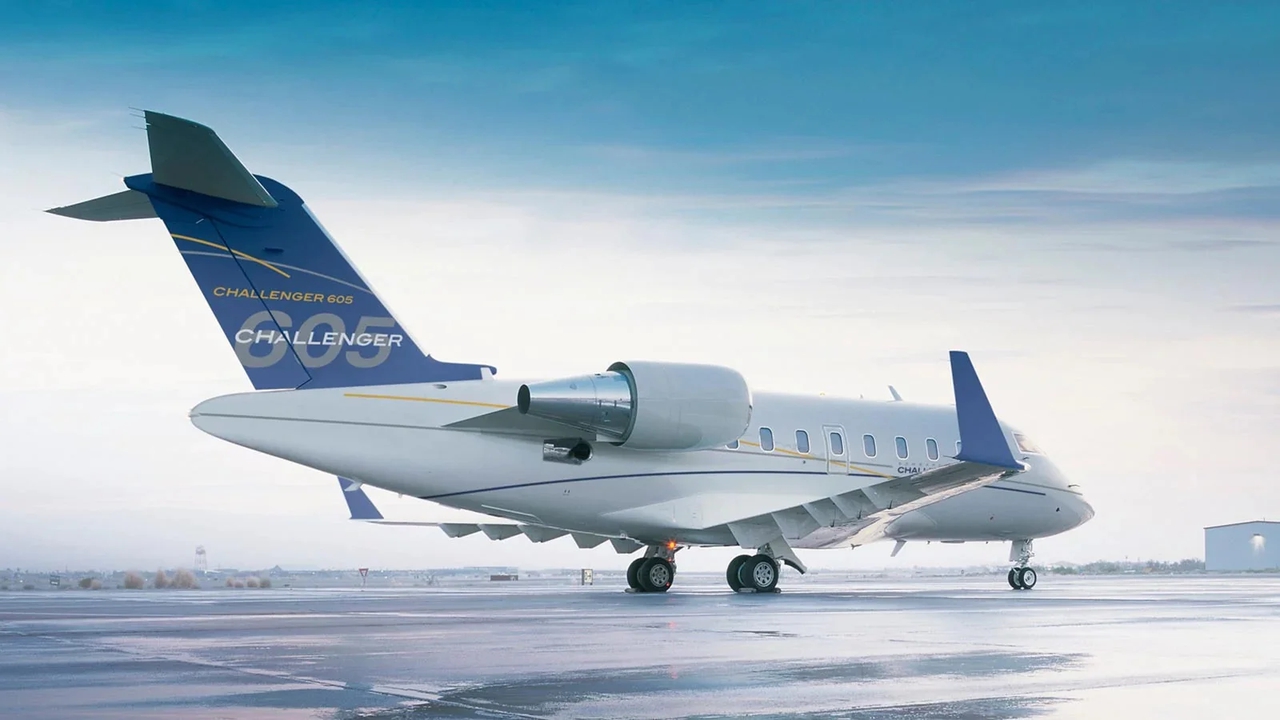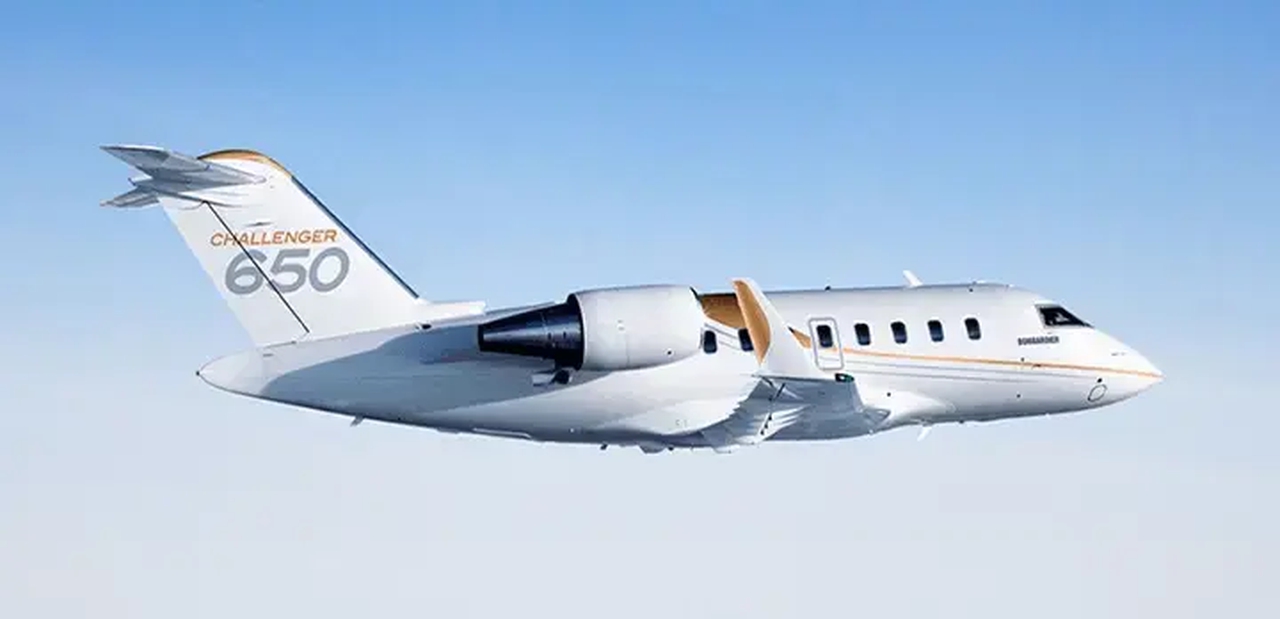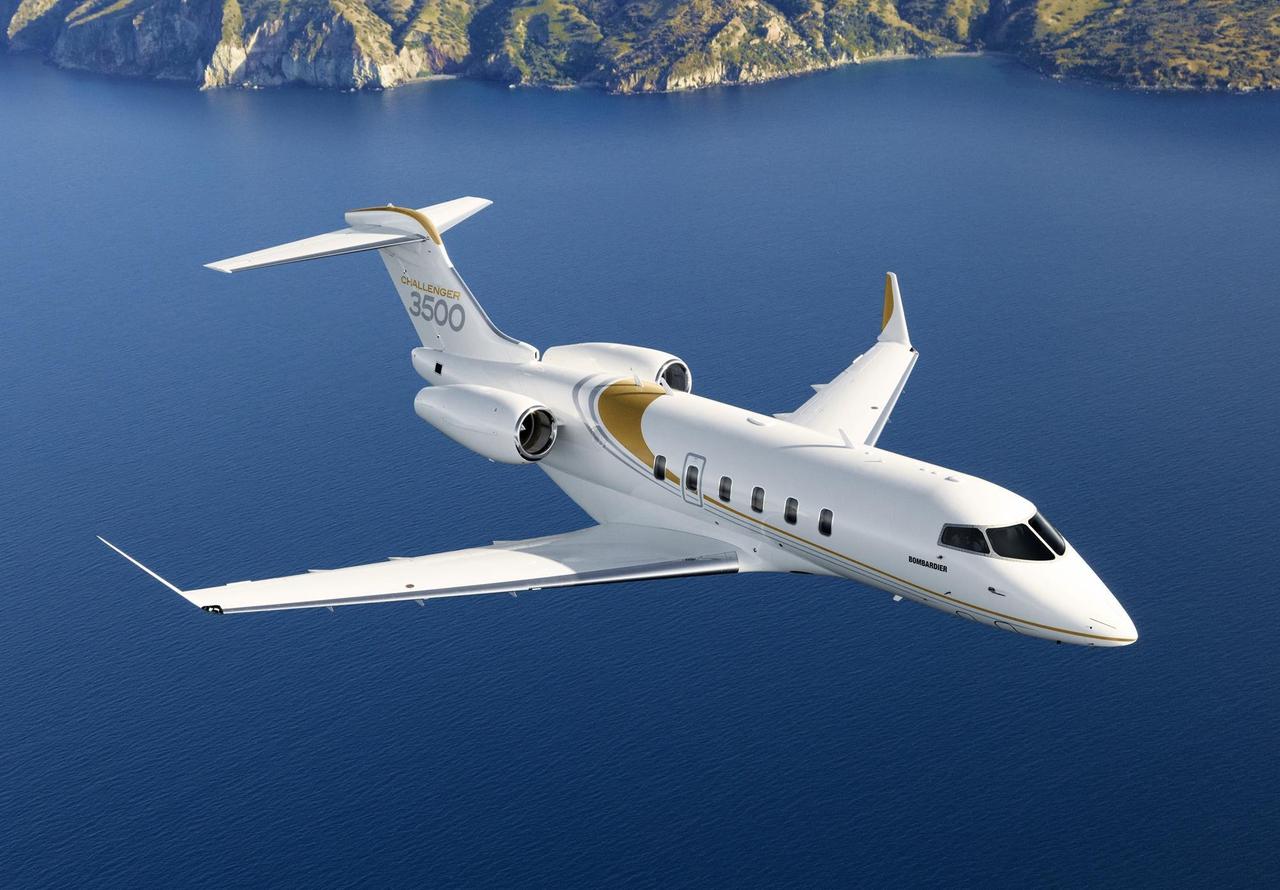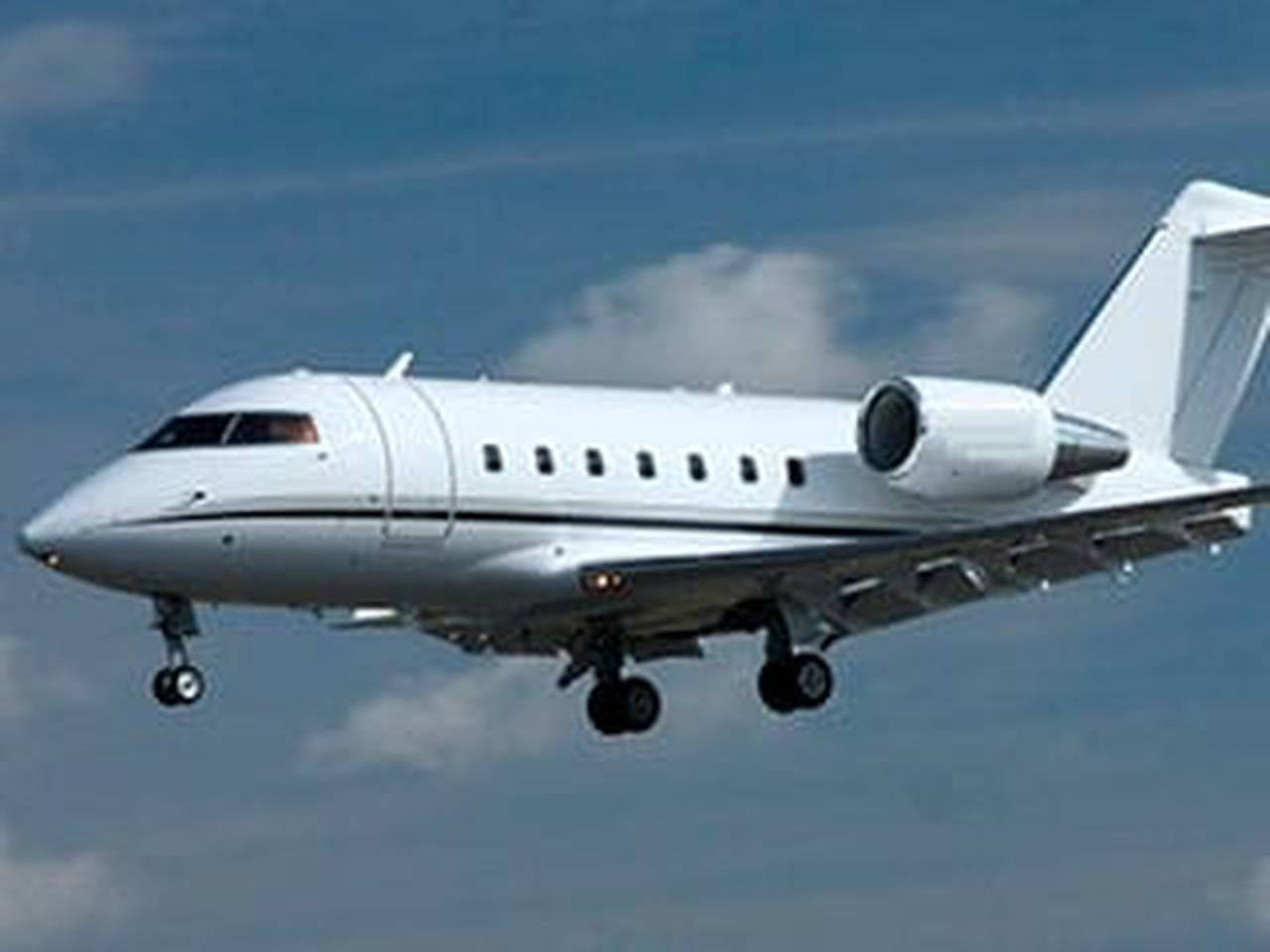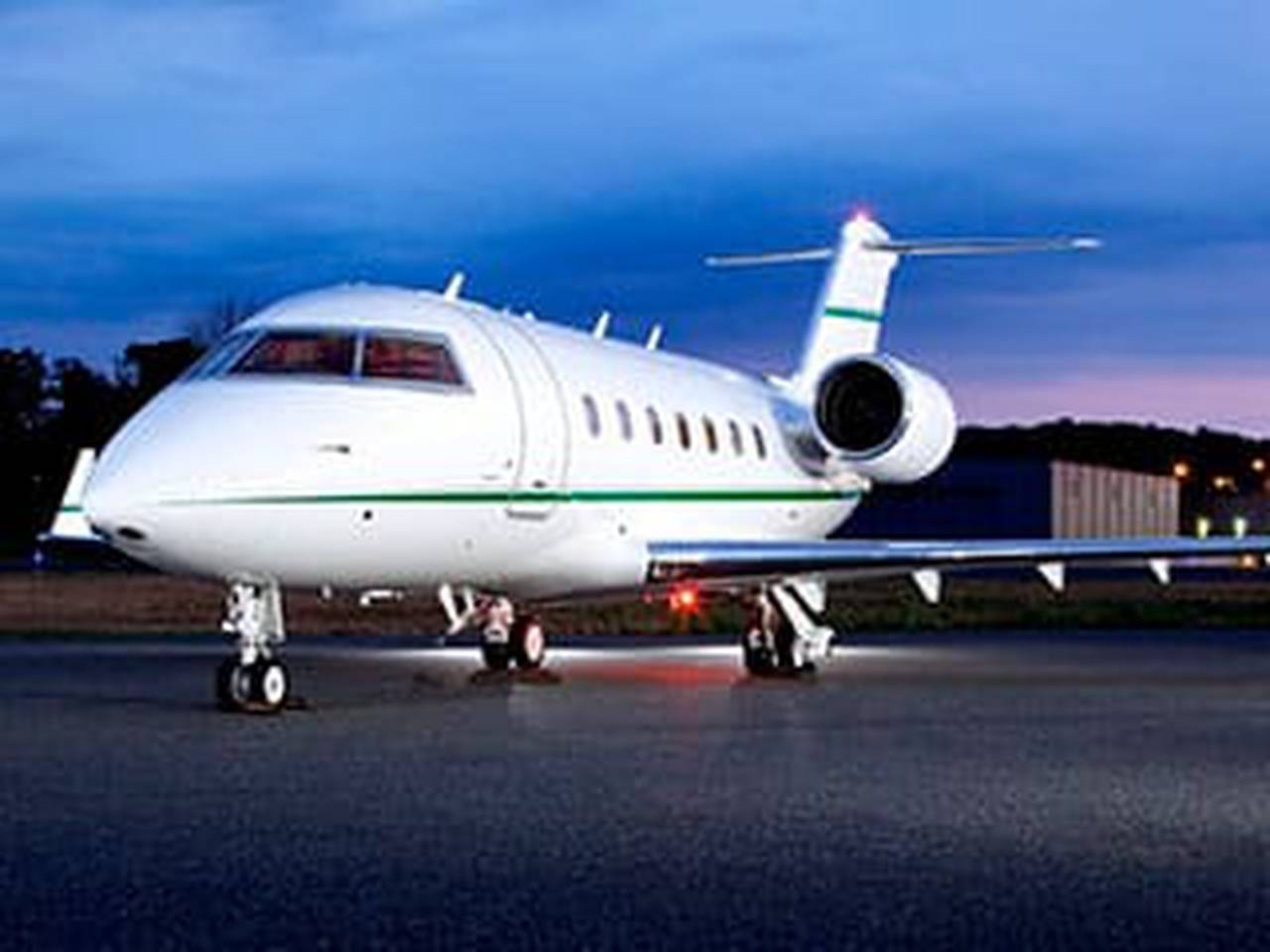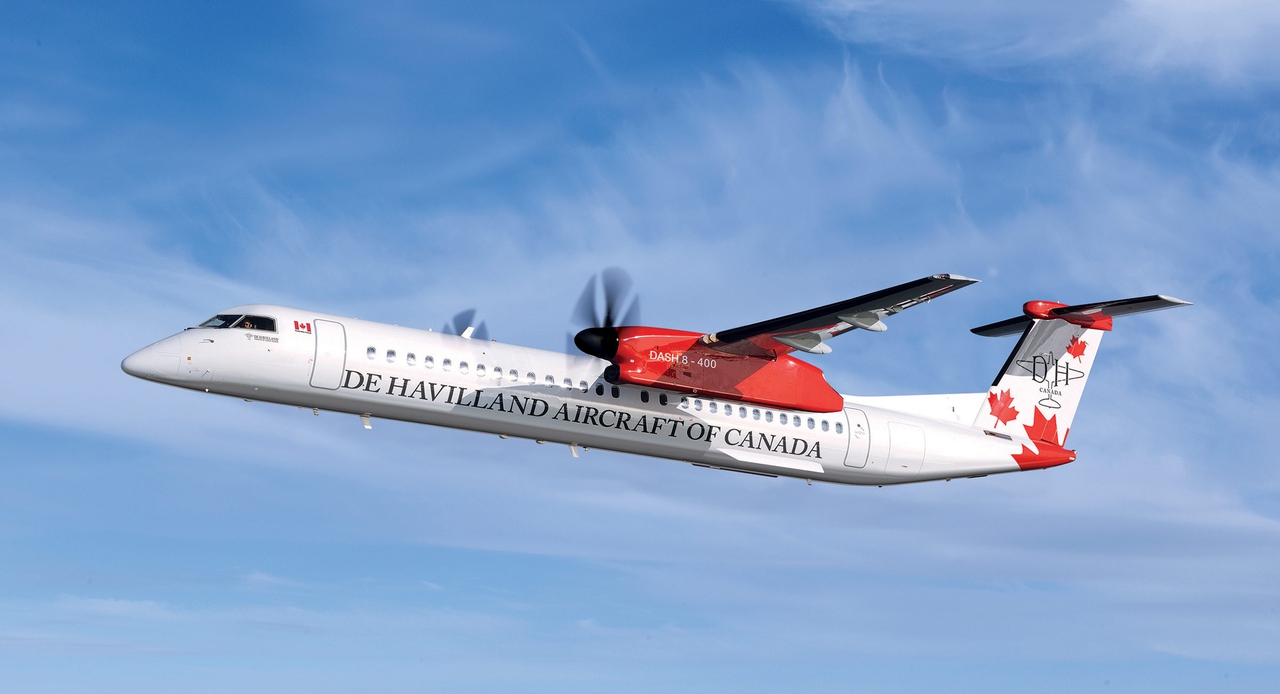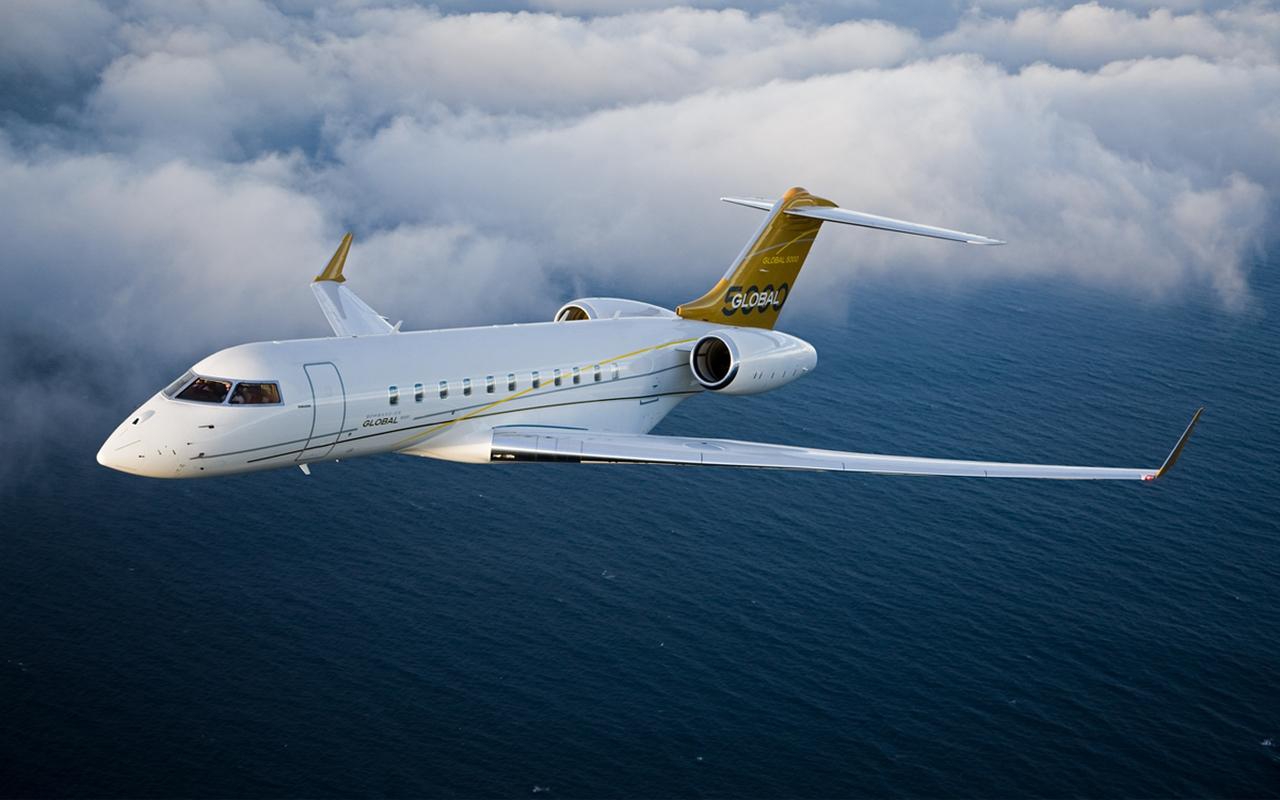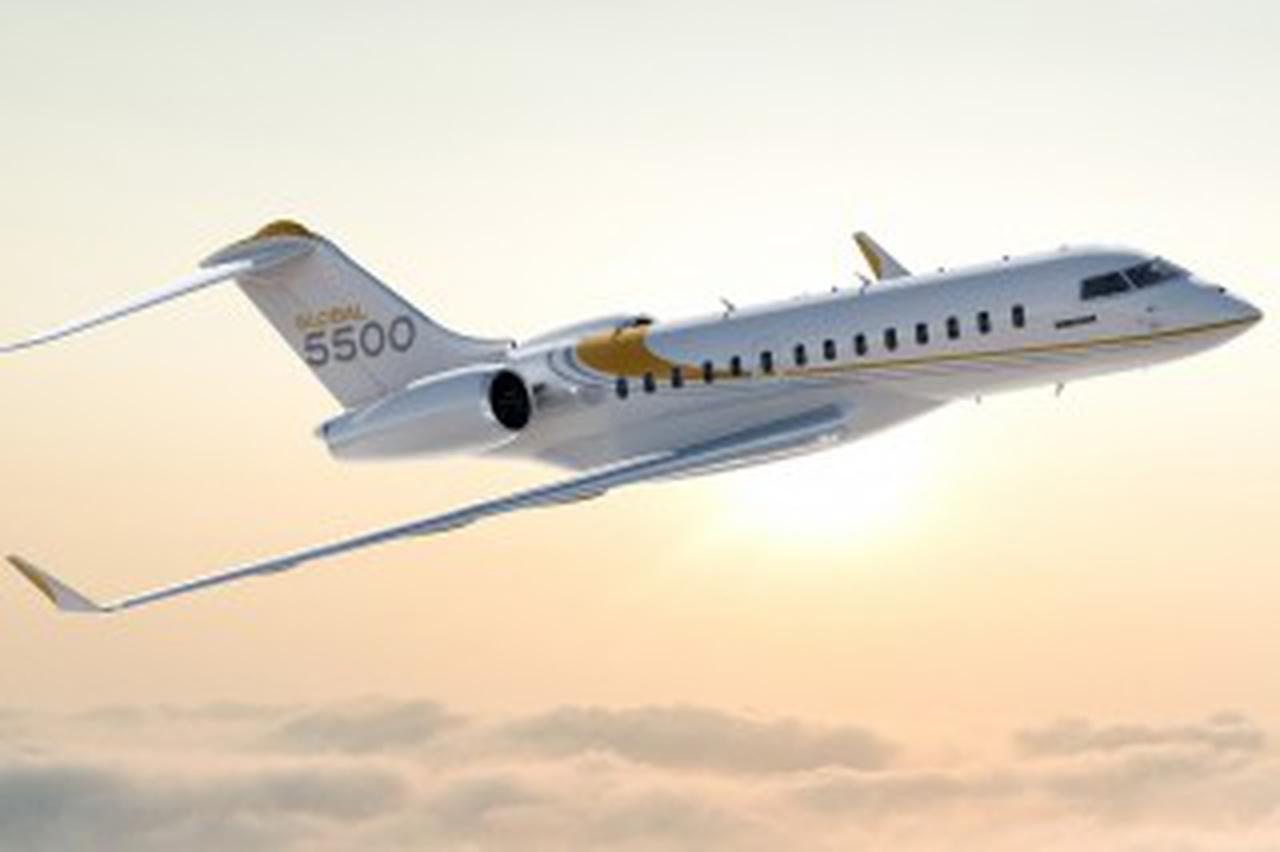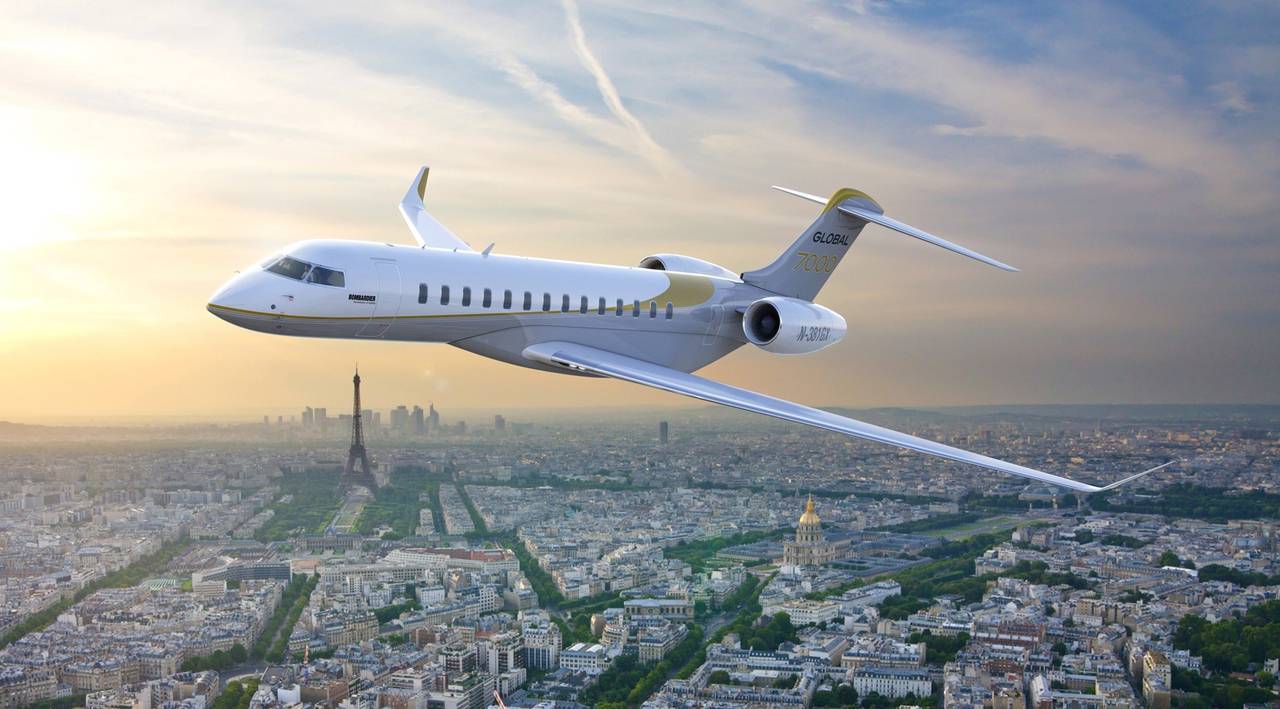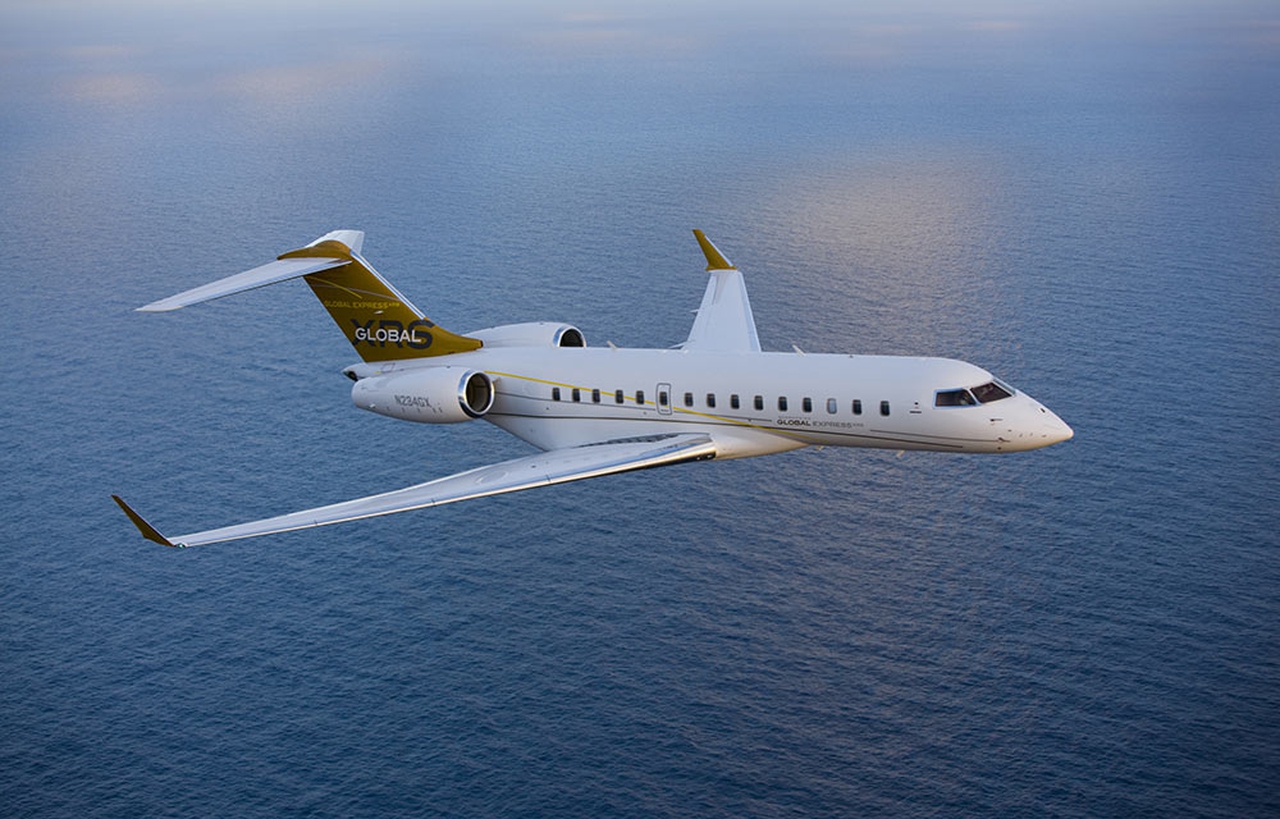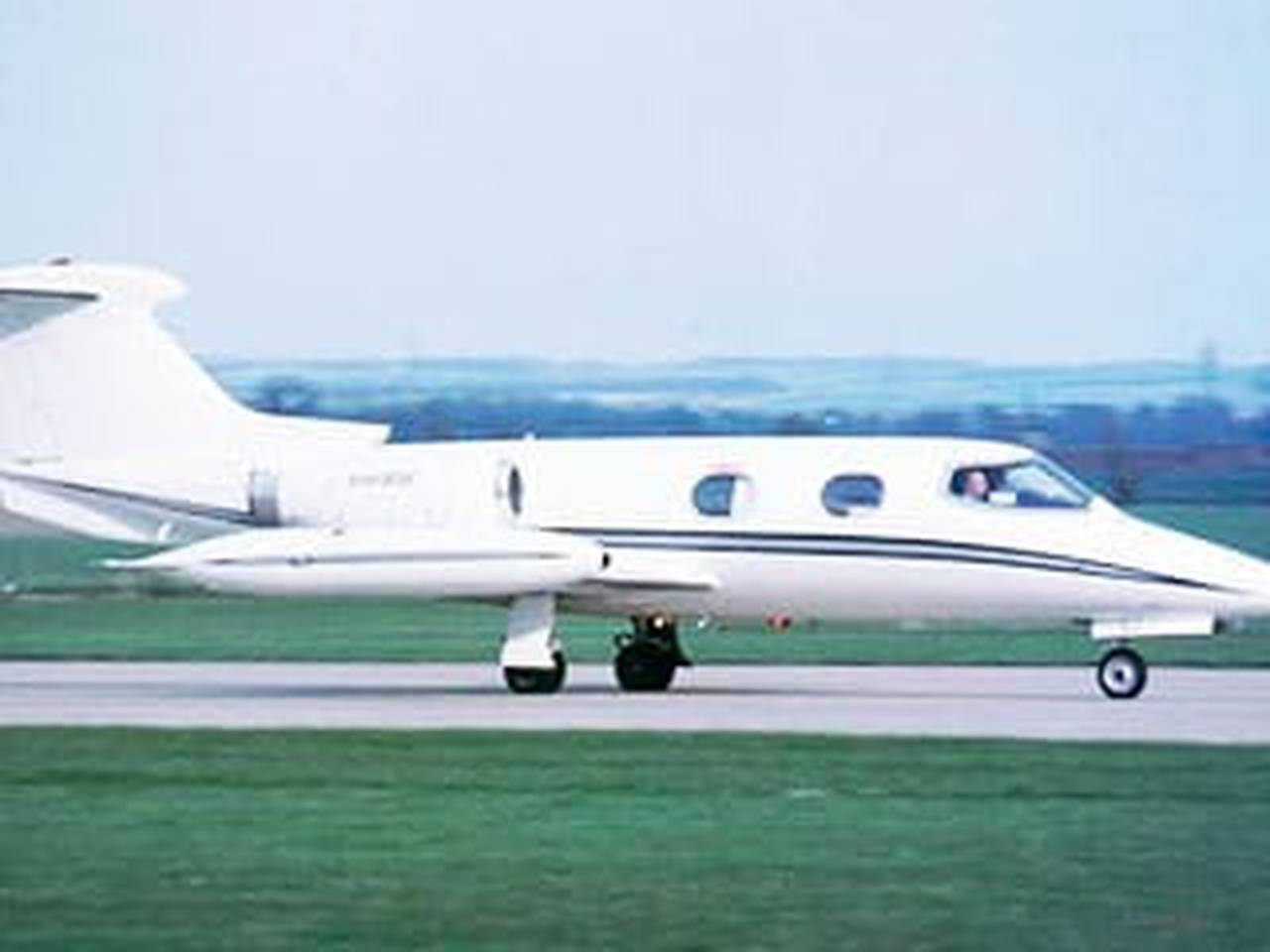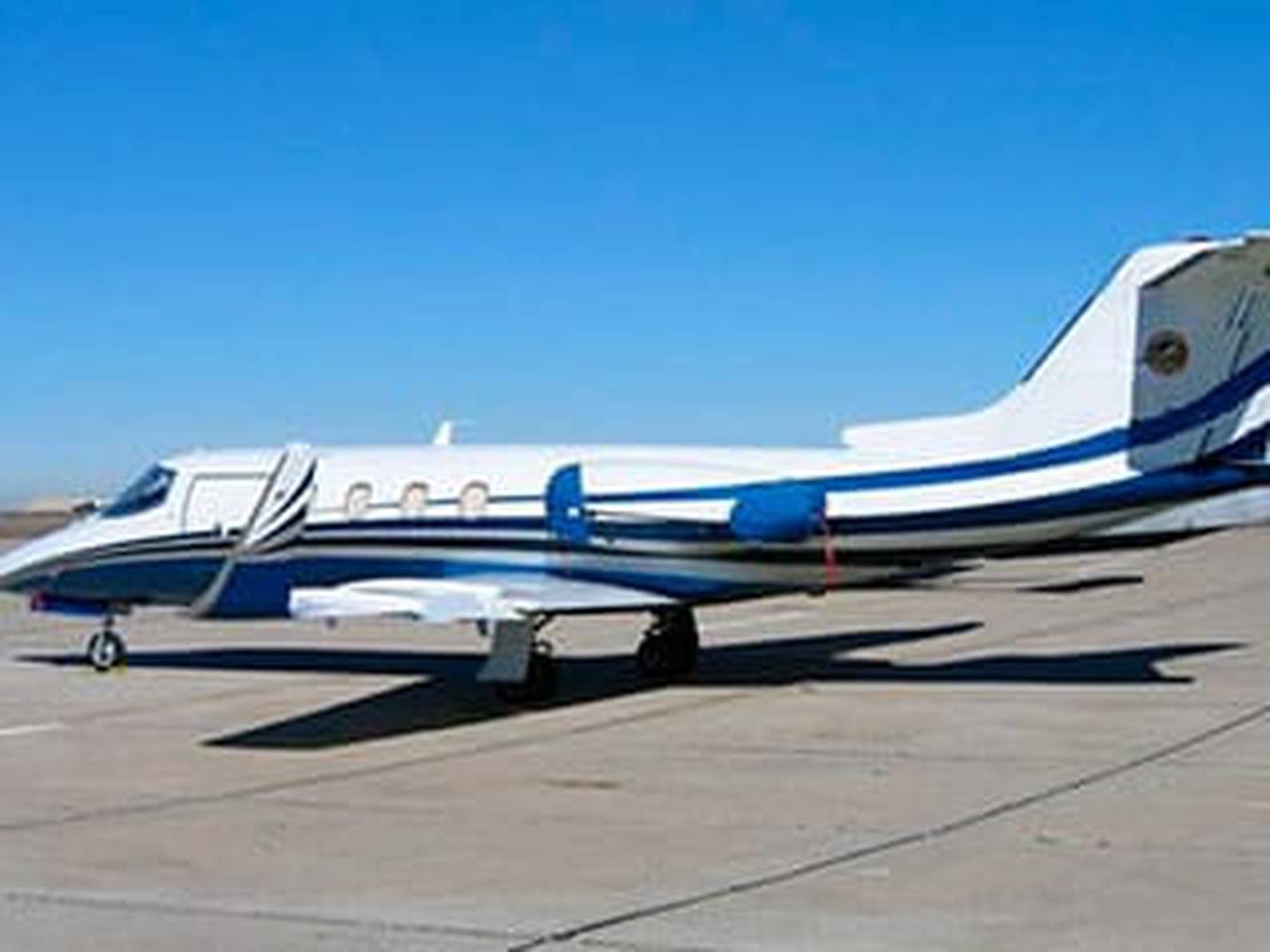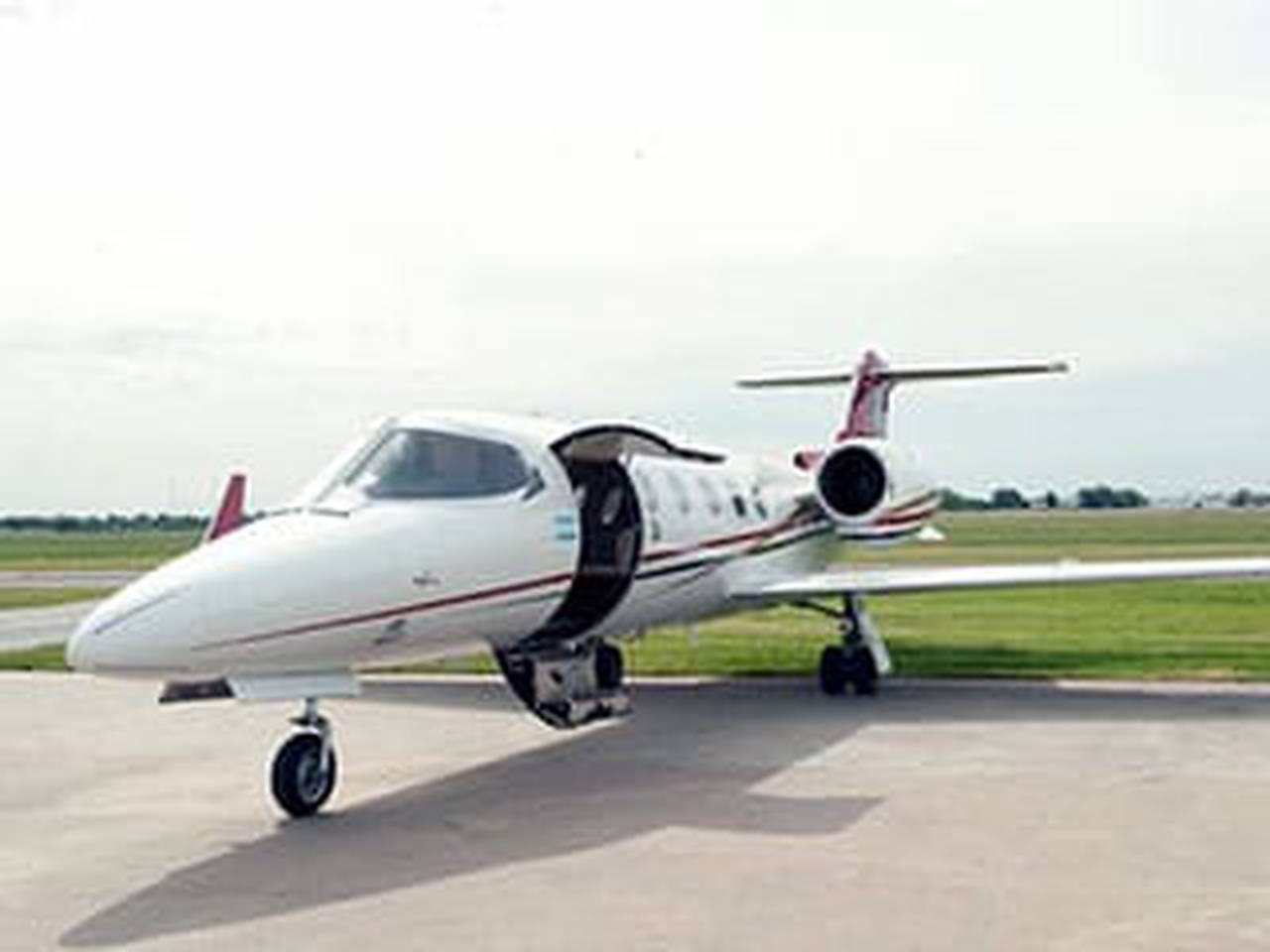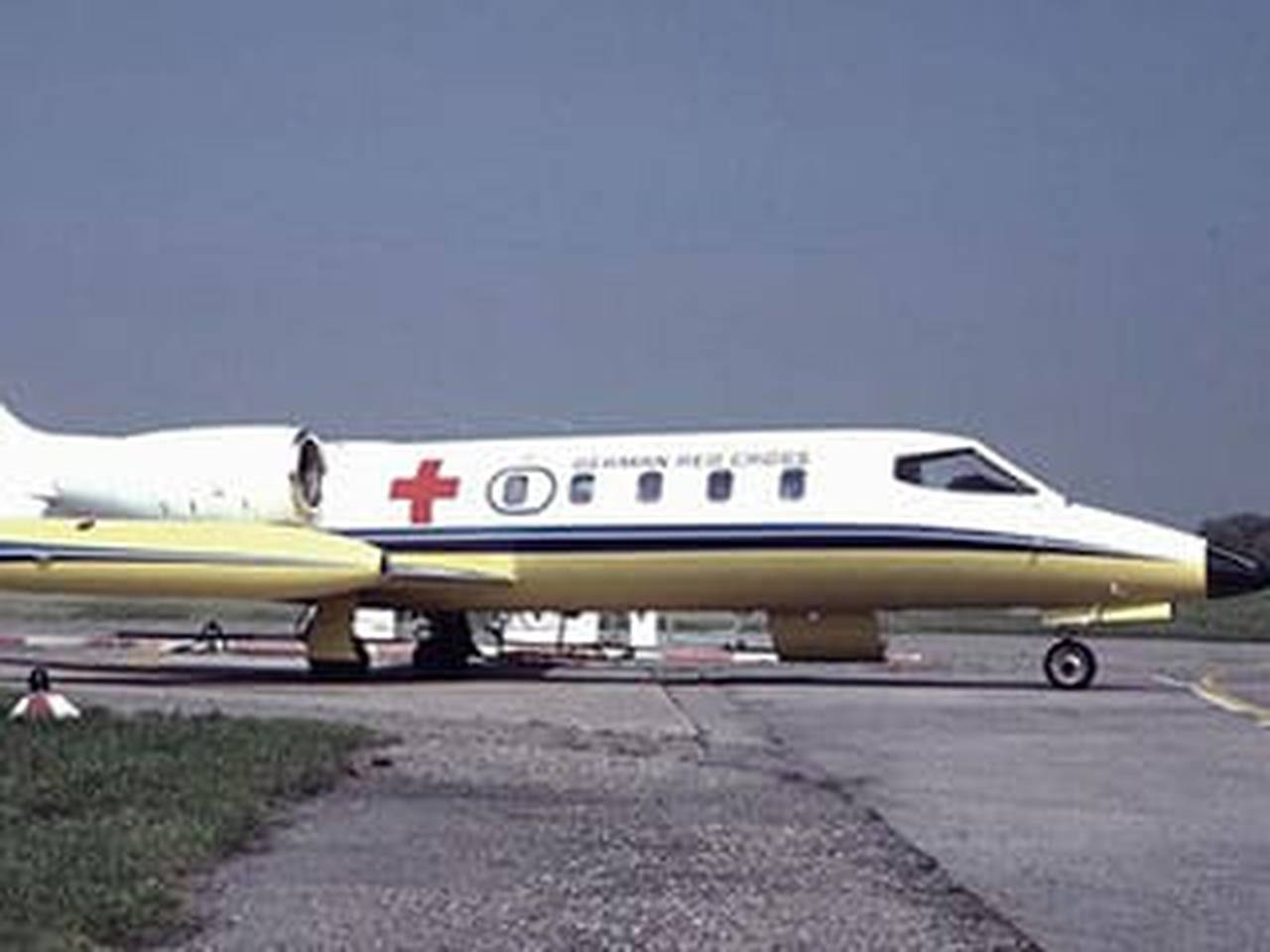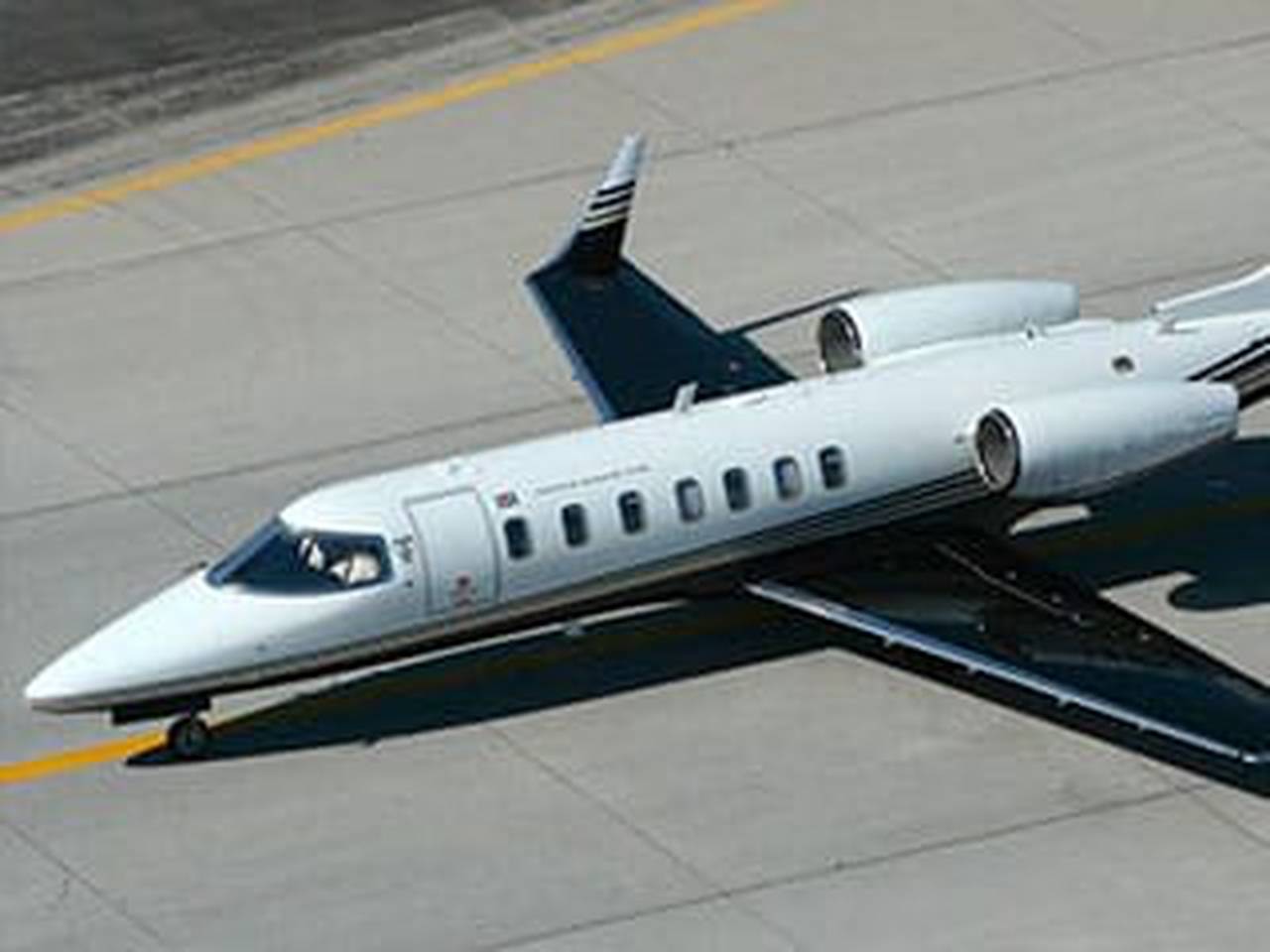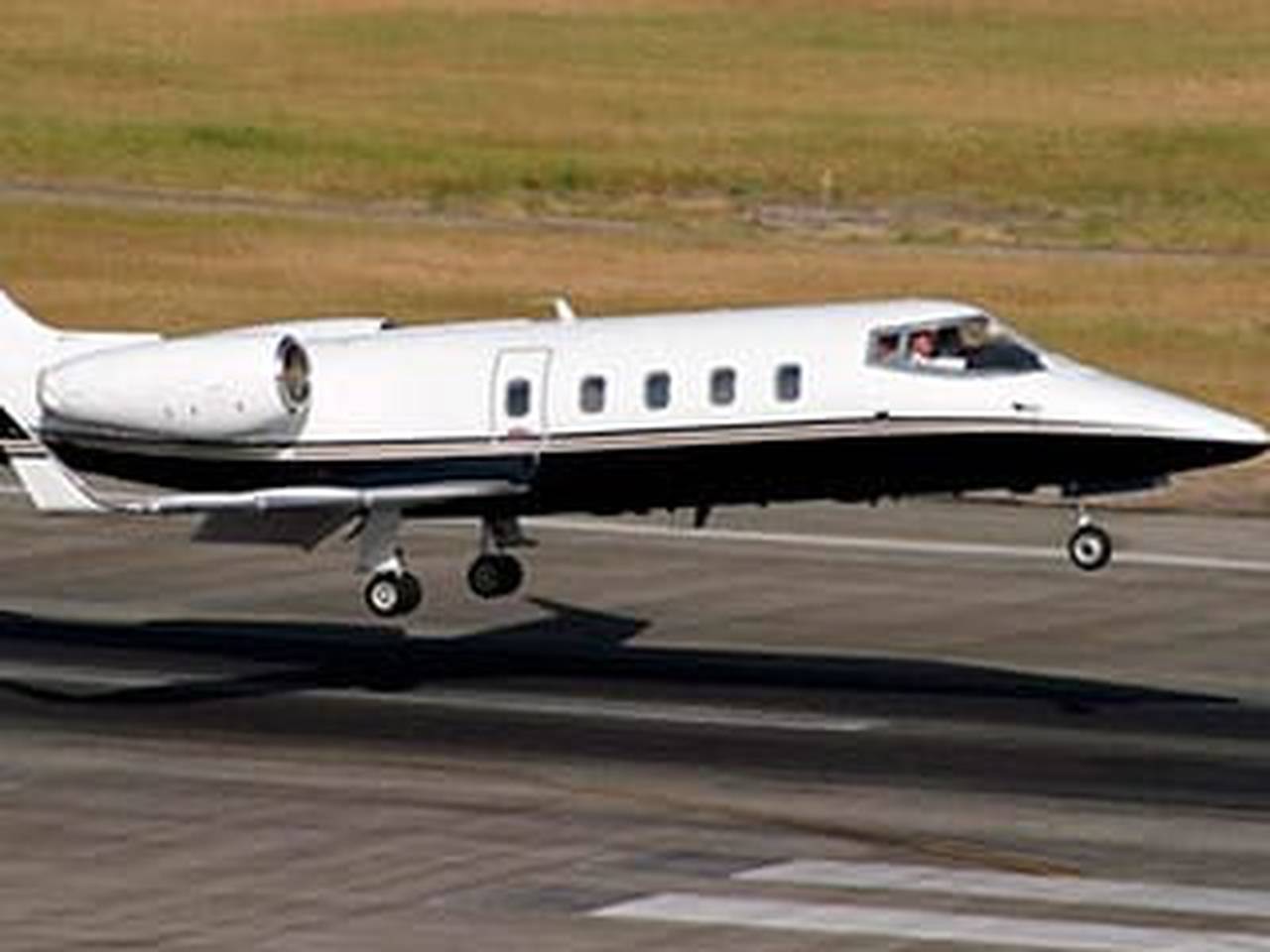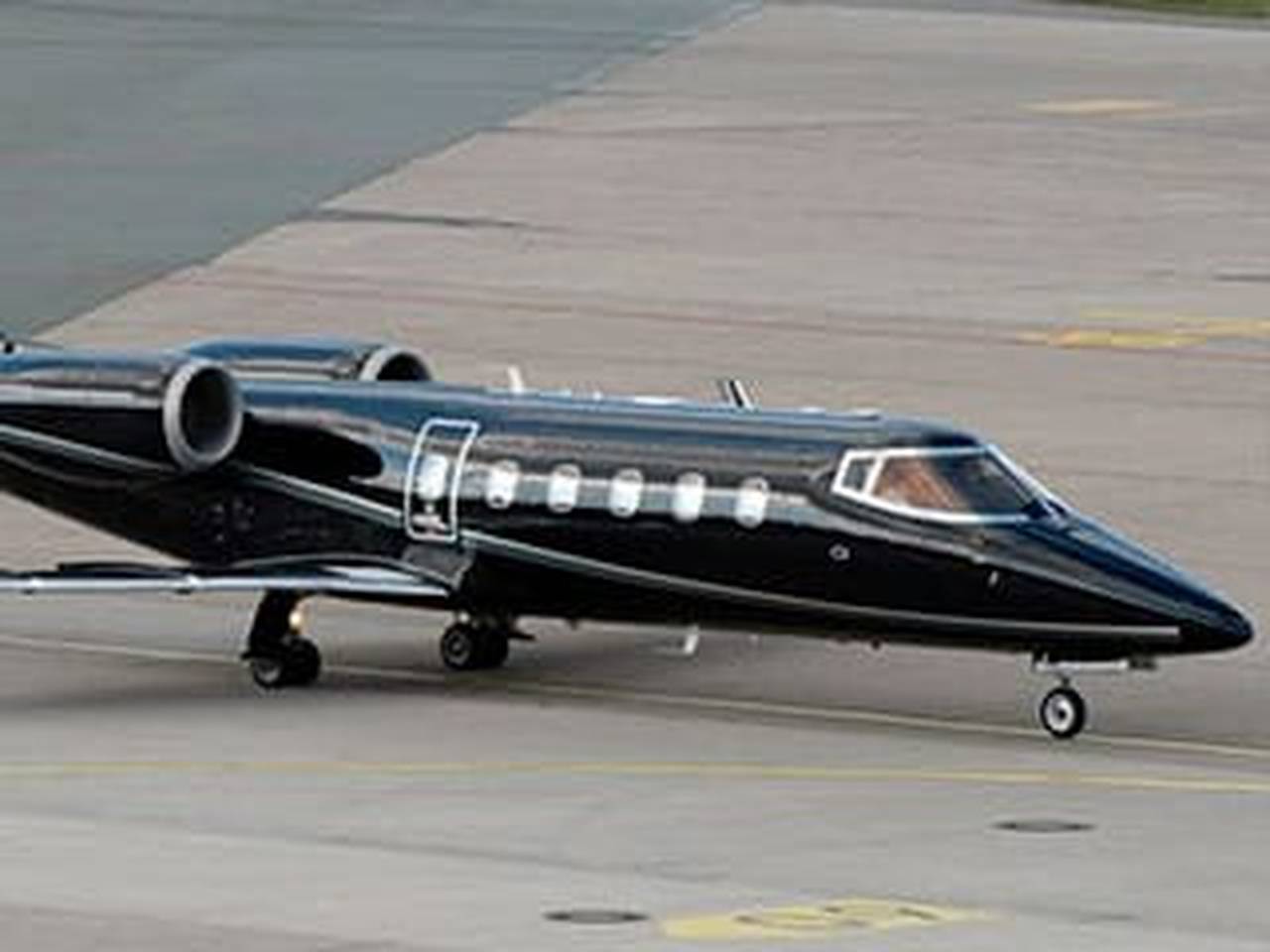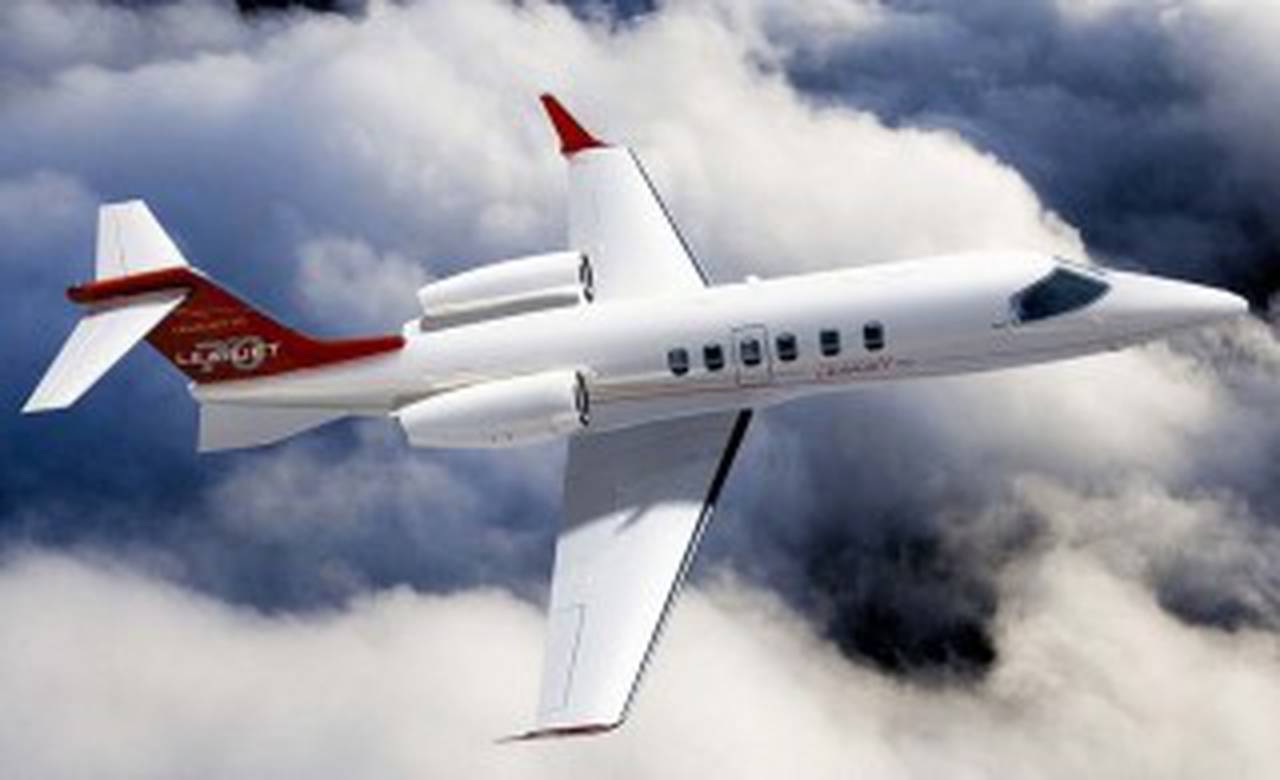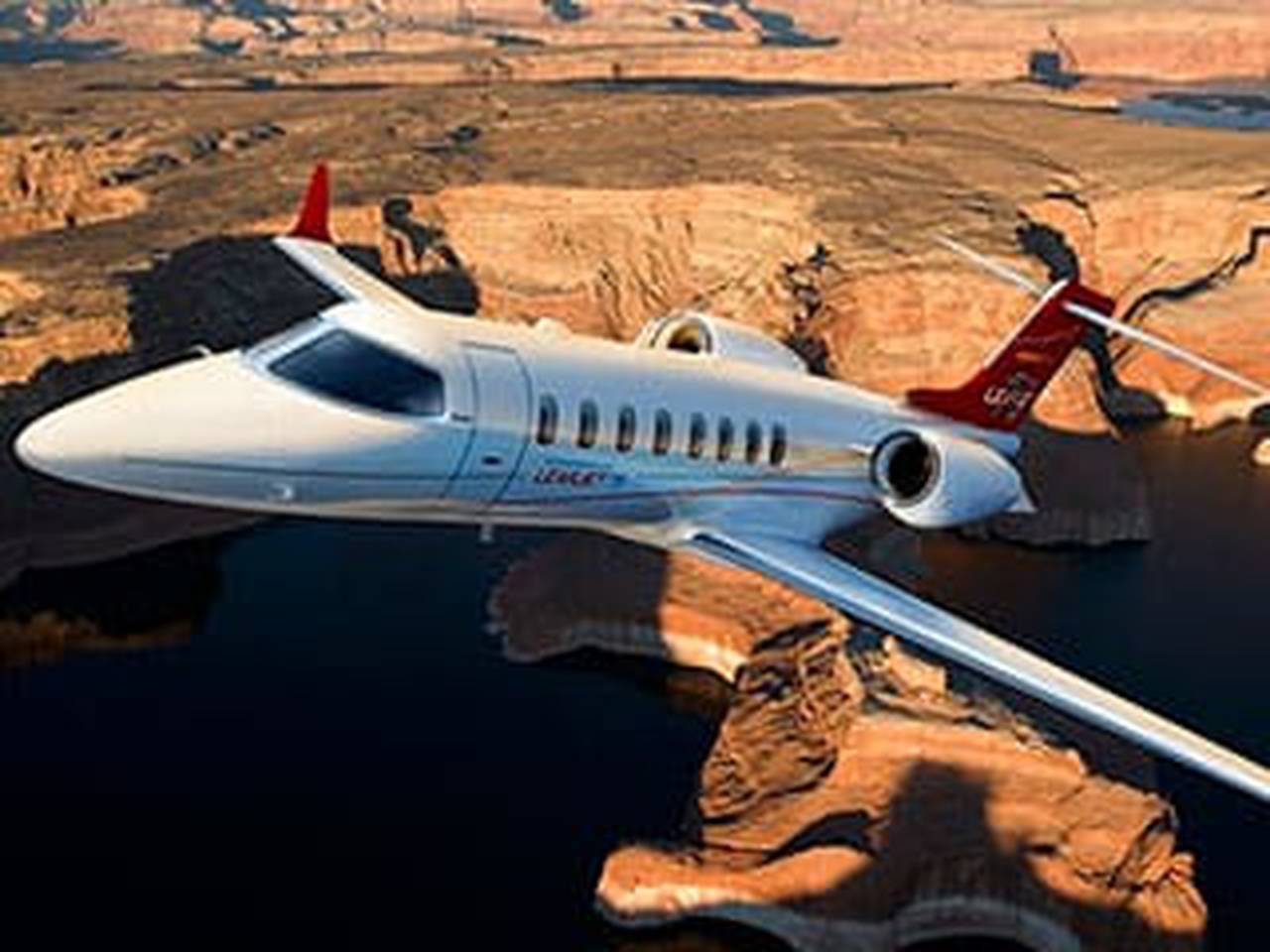Private Bombardier Jets: Charter Business Aircraft for Premium Flights
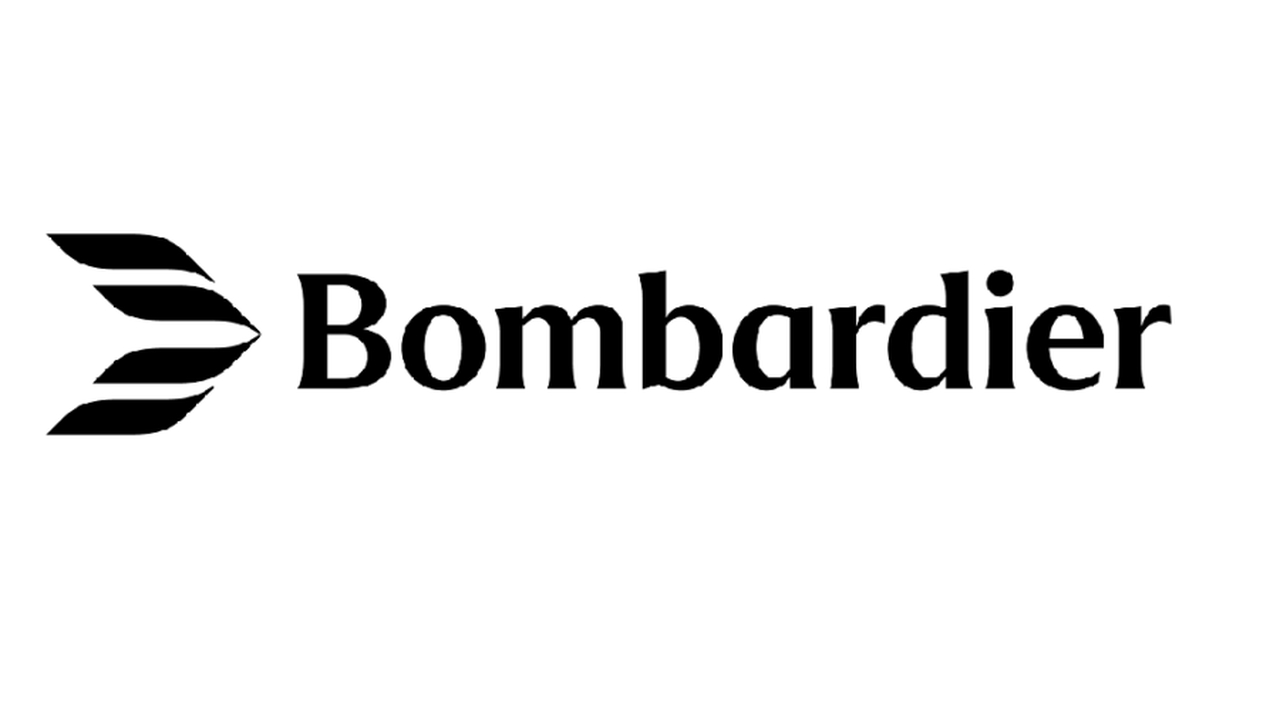
Bombardier: A Legacy of Aviation Excellence and Innovation
The History of Bombardier
Founded in 1942 by Joseph-Armand Bombardier in Canada, Bombardier began its journey by manufacturing snowmobiles before evolving decades later into one of the world's leading aircraft manufacturers. A pivotal moment in the company's history was the acquisition of Canadair in 1986, marking Bombardier's entry into the aerospace market.
In the 1990s, Bombardier solidified its position with the acquisition of the American company Learjet and the British firm Short Brothers, significantly expanding its aircraft portfolio. Over the decades, the company continuously evolved, implementing innovative technologies and refining its business jets.
In 2020, the company made a strategic decision to focus exclusively on business aviation, selling its commercial aircraft division to Airbus and its railway division to Alstom. This allowed Bombardier to concentrate its resources on the design and production of top-tier private and business jets.
Bombardier Aircraft Portfolio
The Learjet Family
The legendary Learjet lineup, acquired by Bombardier in 1990, includes models that have long been synonymous with luxury and efficiency in the light business jet segment. The latest versions, the Learjet 70 and Learjet 75 Liberty, offer high cruising speeds and cost-effectiveness while maintaining exceptional cabin comfort.
The Challenger Family
The midsize Challenger series business jets represent the ideal balance between range, capacity, and economy. The flagship models, the Challenger 350 and Challenger 650, are considered leaders in their class for reliability and operational performance. In 2021, the company introduced the updated Challenger 3500, which offers revolutionary improvements in cabin design and sustainability.
The Global Family
The long-range Global series business jets represent the pinnacle of Bombardier's engineering prowess. The Global 5500, Global 6500, Global 7500, and the newest Global 8000 are capable of covering vast distances without refueling, connecting the world's most remote cities. The Global 7500 and Global 8000 stand out not only for their record-breaking range of up to 14,800 km but also for their unparalleled cabin comfort, divided into four full living zones.
Innovation and Technology
Bombardier is renowned for its technological innovations that set new standards in the industry:
- Bombardier Vision: An integrated cockpit solution combining the latest generation avionics with enhanced vision systems.
- Noise Reduction Technologies: Proprietary developments that significantly reduce noise levels in the aircraft cabin and during takeoff/landing.
- Eco-Design: The use of environmentally friendly materials and production processes that meet the most stringent environmental standards.
- Nuage System: A revolutionary business jet seat designed specifically for the Global series aircraft, providing unprecedented comfort on long flights.
Environmental Initiatives
Bombardier actively implements sustainable development principles in its operations. The company has committed to reducing the carbon footprint of its products through:
- Optimizing the fuel efficiency of its aircraft.
- Research into the use of sustainable aviation fuels.
- Reducing CO2 emissions at production sites.
- Using recycled and recyclable materials in aircraft interiors.
By 2025, Bombardier plans to reduce its greenhouse gas emissions by 25% compared to 2019 levels.
Future Plans and Development Strategy
Following its restructuring and exclusive focus on business aviation, Bombardier is building a clear development strategy:
- Expanding the Service Network: Increasing the number of service centers worldwide to provide prompt and high-quality aircraft maintenance.
- Developing the Defense Program: Adapting private aircraft for military and special missions.
- Investing in Sustainable Aviation: Developing technologies that reduce the environmental impact of aviation.
- Digital Transformation: Implementing digital tools to improve customer experience and optimize processes.
Bombardier plans to strengthen its position in the large-cabin business jet segment, where the company already holds a leading position with its Global series models, and will continue to refine its midsize Challenger aircraft to maintain its competitive advantages.
Conclusion
Having undergone a significant transformation, Bombardier today stands as a highly specialized manufacturer of premium business jets. The company successfully combines a rich history and tradition of quality with innovative technologies and sustainable development. By focusing solely on business aviation, Bombardier is strengthening its leading position in the market and continues to set new standards for comfort, range, and efficiency in its segment.
